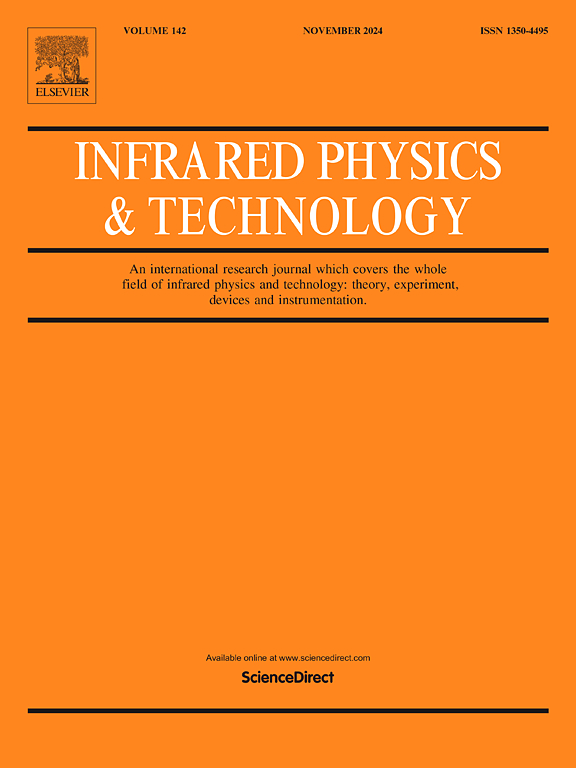DUSRNet: Deep Unfolding Sparse-Regularized Network for Infrared Small Target Detection
IF 3.1
3区 物理与天体物理
Q2 INSTRUMENTS & INSTRUMENTATION
引用次数: 0
Abstract
In the field of Infrared Small Target Detection (ISTD), deep unfolding-based techniques have demonstrated significant efficacy. However, existing methods that utilize low-rank sparse models for ISTD task tend to heavily emphasize the global low-rank characteristic of infrared image and ignore local structural feature. To solve the challenges of complex background and low signal-noise ratio, we propose a Deep Unfolding Sparse-Regularized Network termed as DUSRNet. It intuitively, combines the powerful feature extraction capability of deep learning with the fine structure description capability of sparse regularization over infrared image background. To adaptively describe the low-rank and sparse characteristic between background and target, the sparse-regularized infrared small target detection model is seamlessly embedded into the deep neural network in a end-to-end manner. We customize adaptive background estimation module, sparse target extraction module and infrared image reconstruction module to unfold the proposed model. Extensive experimental results demonstrate that our DUSRNet achieves state-of-the-art (SOTA) results on the public NUDT-SIRST, SIRST-Aug and IRSTD-1k datasets. Especially, compared with RPCANet,which also adopted deep unfolding method, on IRSTD-1k dataset with extremely high scene complexity and variability, the proposed method has an increase of 35.63%,19.05%,7.23% and 73.56% in mIoU, F1, Pd and Fa indexes, respectively.
求助全文
约1分钟内获得全文
求助全文
来源期刊
CiteScore
5.70
自引率
12.10%
发文量
400
审稿时长
67 days
期刊介绍:
The Journal covers the entire field of infrared physics and technology: theory, experiment, application, devices and instrumentation. Infrared'' is defined as covering the near, mid and far infrared (terahertz) regions from 0.75um (750nm) to 1mm (300GHz.) Submissions in the 300GHz to 100GHz region may be accepted at the editors discretion if their content is relevant to shorter wavelengths. Submissions must be primarily concerned with and directly relevant to this spectral region.
Its core topics can be summarized as the generation, propagation and detection, of infrared radiation; the associated optics, materials and devices; and its use in all fields of science, industry, engineering and medicine.
Infrared techniques occur in many different fields, notably spectroscopy and interferometry; material characterization and processing; atmospheric physics, astronomy and space research. Scientific aspects include lasers, quantum optics, quantum electronics, image processing and semiconductor physics. Some important applications are medical diagnostics and treatment, industrial inspection and environmental monitoring.

 求助内容:
求助内容: 应助结果提醒方式:
应助结果提醒方式:


